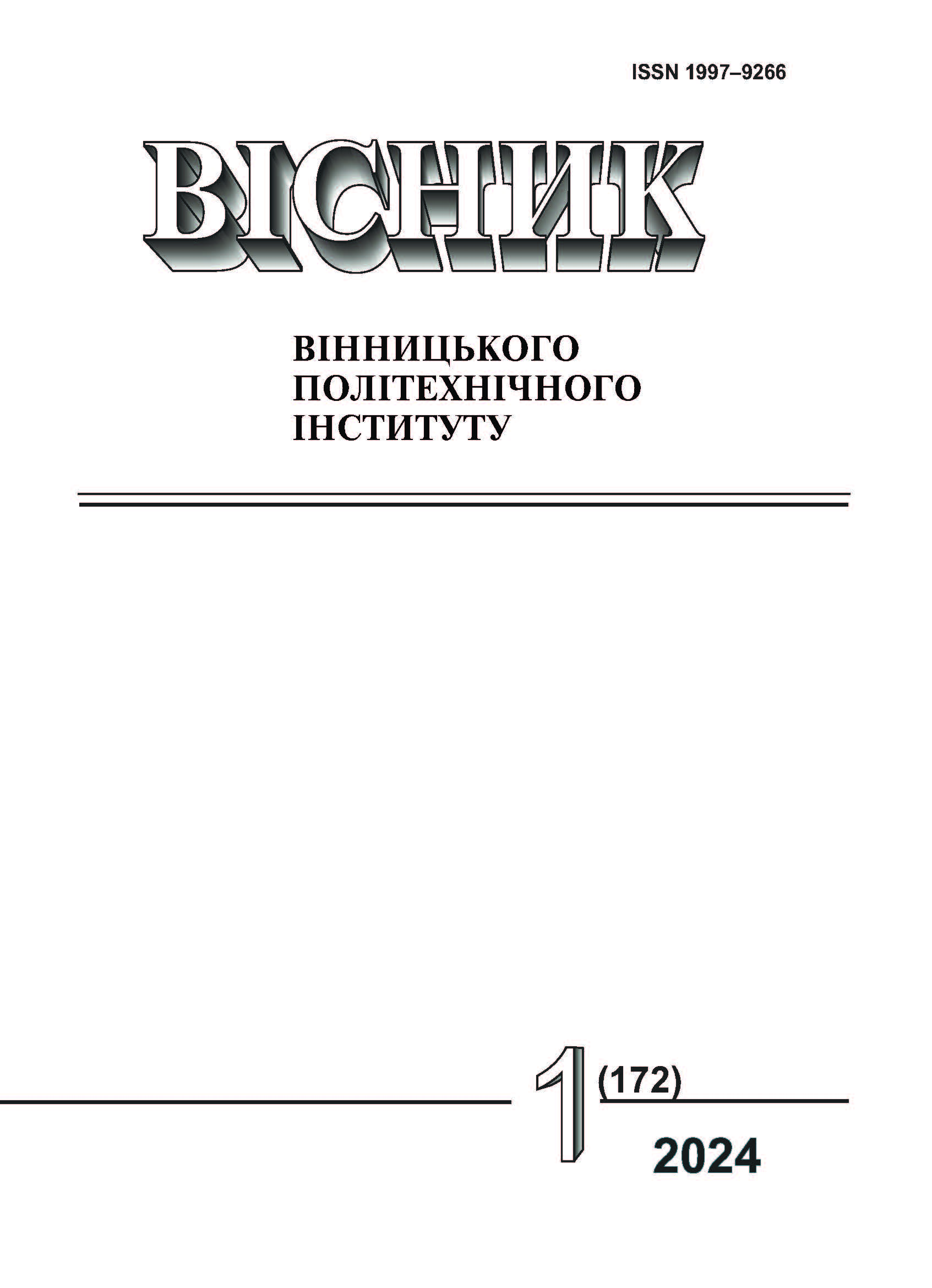Validation of Numerical Modeling of Gas Dynamics and Thermal State of the Boiler Unit
DOI:
https://doi.org/10.31649/1997-9266-2024-172-1-37-44Keywords:
modeling, combustion, methane, boiler fuel, thick-walled tubeAbstract
The presented work was carried out by means of CFD modeling in order to validate the methods of numerical modeling of heat transfer from jets of red-hot gas to water moving in a thick-walled pipe. Such tasks are relevant, because to ensure smooth and efficient operation of boiler units, it is important to correctly determine the local heat flows from the flame torch to the screen pipes. The scientific novelty of the work consists in determining the correct methodology for building computer models of combustion and gas transport, which in the future will significantly expand the range of factors that can be involved in predicting the behavior of energy equipment.
The simulation of combustion of the methane-air mixture was performed in the environment of the ANSYS Student software complex using the Species Transport model. The finite-element mesh is hydridic. It was determined that the results of simulation of heat transfer from jets of incandescent gas to moving water through the wall of a thick-walled pipe separating them in SolidWorks Simulation and ANSYS-Fluent and ANSYS-CFX completely coincide. When the flow model is replaced by the combustion model, it is shown that the ignition of the mixture will occur in the calculated volume, and not immediately after the cut of the flame stabilizer. Differences in the temperature fields of the calculated volume, which were calculated by means of Fluent and CFX, were also determined. This is due to the fact that during the development of the model it was not possible for objective reasons to identically configure the Species Transport model used in Fluent and the RIF library of CFX combustion kinetics. In addition, it was determined that in the case of modeling the transport and combustion of gases, the temperature field of the pipe wall does not have sharply expressed overheated zones, as in the case of washing with a jet of red-hot gas. This indirectly indicates that thermal loads on the pipe wall will be less and the risk of the pipe burning out is reduced.
References
О. Ю. Черноусенко, Л. С. Бутовський, і Д. В. Риндюк, «Розрахункове дослідження теплового, напружено-деформованого стану та індивідуального ресурсу трубопроводу котлоагрегату,» Вісник НТУ «ХПІ», № 8 (1230), с. 49-56, 2017. https://doi.org/10.20998/2078-774X.2017.08.07 .
ANSYS FLUENT 14.5 Theory Guide, ANSYS Inc. ANSYS Help, 2012. [Electronic resource]. Available: https://ansyshelp.ansys.com .
ANSYS, “Fundamental FEA Concepts and Applications,” A Guidebook for use and Applicability of Workbench Simulation Tools from ANSYS, Inc. [Electronic resource]. Available: https://www.cae.tntech.edu/~chriswilson/FEA/ANSYS/ANSYSguide_fea-concepts.pdf . Accessed: 14.07.2022 р.
Finite Element Analysis: Theory and Application with ANSYS. [Electronic resource]. Available: https://www.pinterest.com/pin/ebook-pdf-finite-element-analysis-theory-and-application-with-ansys-4th-edition-dollartree4books-in-2022--1105141196033257914/ . Accessed: 14.07.2022 р.
Salman Mohammed Alzahrani, Computational fluid dynamics modeling and comparison of advanced techniques for heat transfer augmentation for nuclear applications. [Electronic resource]. Available: https://scholarsmine.mst.edu/cgi/viewcontent.cgi?article=4130&context=doctoral_dissertations . Accessed: 14.07.2022 р.
М. В. Воробйов, О. В. Баранюк, і Р. С. Рябцун, «Визначення енергетичних та екологічних характеристик роботи котла ДКВР-10-13 при додаванні водню до природного газу методом математичного моделювання,» Вчені записки Таврійського національного університету ім. В.І Вернадського. Серія: Технічні науки. т. 33 (72), № 5, с. 183-192, 2022. https://doi.org/10.32782/2663-5941/2022.5/27 .
Є. П. Дибан, і Е. Я. Епік, Тепломасообмін і гідродинаміка турбулізованих потоків. Київ: Наукова думка, 1985, 296 с.
Downloads
-
PDF (Українська)
Downloads: 70
Published
How to Cite
Issue
Section
License

This work is licensed under a Creative Commons Attribution 4.0 International License.
Authors who publish with this journal agree to the following terms:
- Authors retain copyright and grant the journal right of first publication.
- Authors are able to enter into separate, additional contractual arrangements for the non-exclusive distribution of the journal's published version of the work (e.g., post it to an institutional repository or publish it in a book), with an acknowledgment of its initial publication in this journal.
- Authors are permitted and encouraged to post their work online (e.g., in institutional repositories or on their website) prior to and during the submission process, as it can lead to productive exchanges, as well as earlier and greater citation of published work (See The Effect of Open Access).





